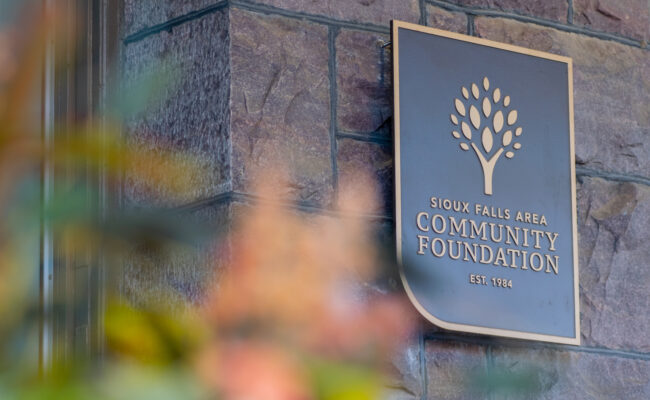It’s never been easy to navigate the ever-shifting tax rules to help clients structure charitable gifts, and now it’s even trickier.
Major changes under the One Big Beautiful Bill Act (OBBBA), signed into law on July 4, 2025, are creating complexity, opportunity, and, for some, urgency. The OBBBA reshapes both how much a client can deduct for charitable contributions, and which clients can benefit from these deductions in the first place.
Here are three key issues to discuss with philanthropic clients:
Evaluate whether the client could benefit from “bunching” charitable contributions in 2025
A technique known as “bunching” is one way to address the expansion of the standard deduction - $15,750 for single filers and $31,500 for married couples in 2025, with even higher levels for taxpayers ages 65 and older.
Bunching is simple – it allows a client to pre-fund multiple years of a charitable budget in one year.
For example, if a client typically donates $12,000 each year to charity, but the client’s other deductions do not push them over the standard deduction, the client could give $36,000 (three years' worth of gifts) to a Donor Advised Fund at the Community Foundation in 2025.
Clients can combine this gift with other deductions to substantially exceed the standard deduction, allowing them to itemize and claim a much greater deduction for that year. Then, in the following two years, the client can take the standard deduction and lean on the DAF to distribute funds to favorite charities.
Bunching in the DAF allows a client to take the deduction now even if they aren’t ready to decide where to give.
Tax-friendly tips in 2025 that will pay off in 2026
For clients who continue to itemize deductions, 2026 will bring even further changes.
Starting in 2026, donors won’t be able to deduct the first 0.5% of their adjusted gross income for charitable gifts in the year they make them. For clients who have DAFs, this small reduction happens before the normal deduction limits. And they don’t lose the deduction forever – they can carry it forward for up to five years.
Clients who are moderate or smaller donors might see a significant reduction in their eligible deductions.
Also, under the OBBBA, high-income taxpayers will see their maximum tax benefit from charitable deductions calculated at a top marginal rate of 35%, down from 37%, starting in 2026.
These changes may prompt higher-income clients to lean heavily on giving to their DAF in 2025 to maximize current tax advantages before stricter limits kick in.
Watch the fine print on the charitable deduction for non-itemizers
Under the OBBBA, starting in 2026, taxpayers who take the standard deduction will be able to claim a direct deduction for charitable giving - up to $1,000 for single filers and $2,000 for married couples filing jointly.
This provision mirrors temporary measures seen during the COVID-19 pandemic. Crucially, the deduction is limited to cash gifts made directly to qualified charities. Donations of property or stock, and contributions to donor-advised funds, do not qualify.
For the estimated 100 million Americans who do not itemize, this provision is good news. That said, gifts of appreciated stock and DAFs are tax-effective and convenient charitable giving vehicles, and many clients may be disappointed that they can’t deploy these techniques to take advantage of this new deduction.
At the Community Foundation, we can help you explore how to leverage tools to make the most of your clients’ charitable giving, including using Donor Advised Funds and bunching strategies.
And regardless of the tax implications, your clients’ philanthropy addresses vital community needs - and this is a motivator that transcends any deduction.
This information is provided for educational purposes only and should not be considered as tax, legal or financial advice. Donors should consult with their own professional advisors to determine how these changes may apply to their individual circumstances.


